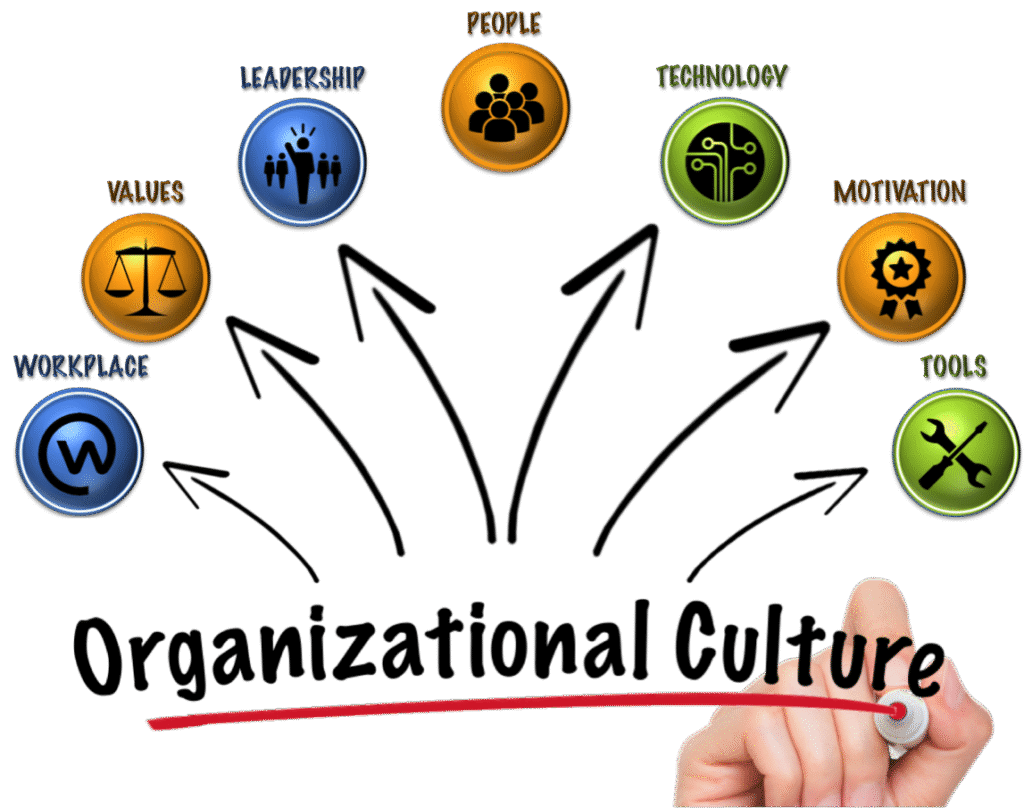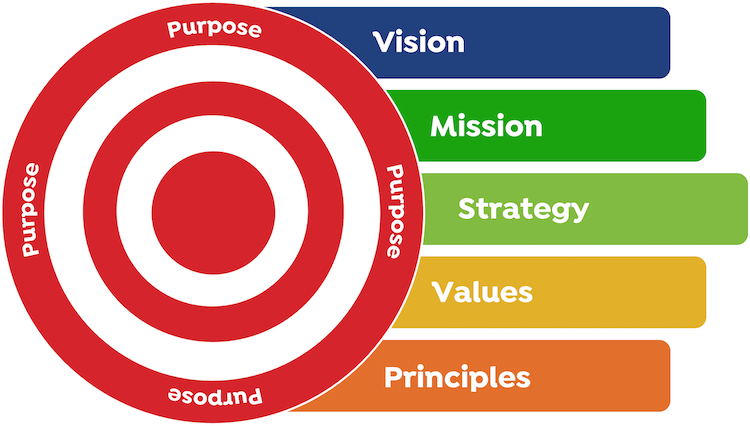We often hear culture described as the soft stuff. The human side of the business. Nice to have, but not as concrete as strategy, finance, or operations. Sounds familiar?
But what if we have it backwards?
In my work with organisations navigating change, I have seen this time and again:
Culture is not the soft stuff. Culture is the operating system.
Just like your phone or laptop, it’s the hidden systems that determine what works, what crashes, what connects, and what freezes unexpectedly. We have all been there.
Culture runs in the background until it breaks
You can create new strategies, hire consultants, deploy fancy tools, and restructure teams or even your whole organisation. But if the underlying culture is fragmented, none of it sticks. I recall an international team that had launched a brilliant transformation roadmap. Clear pillars. Good funding. And not unimportantly, executive support.
Yet three months in, momentum had stalled. Why?
Because team members were still rewarded for individual performance, not collective outcomes. Leaders asked for trust but kept approval loops. Teams said ‘yes’ in meetings but did not feel safe enough to disagree.
So, the strategy was fine. The culture was misaligned. And a misaligned culture always wins.
Culture answers the question: how do things really get done around here?
Culture is not what is written on posters and then slapped onto a wall. It is what happens when no one is watching. You can observe things like:
- Do people speak up when they disagree or stay silent?
- Do managers listen or defend their positions?
- Do teams collaborate across silos or protect their turf?
These micro-moments define how work flows or stalls. That is why culture is not cosmetic but a real thing to deal with. It is operational. And during a change, it can either be the biggest multiplier or barrier of all.

Treat culture as infrastructure
I have assisted organisations in changing their work methods through means like visual management, aligning purpose with strategy, co-designing a high-performing culture, and creating a strong company rhythm. And here is what we have learned:
- Culture is shaped by what leaders model and not what they say
You can preach empowerment, but if every decision needs sign-off, the culture says something else. That is why leadership behaviour Is crucial. We ask things like: How do your rituals, habits, and default responses help your teams? Because teams do not need slogans. They need consistency. - Culture needs visual clarity
We use tools like Obeya to make strategy and priorities visible, so they are not buried in impressive slide decks. It is always great to see when teams can literally see what matters; they begin to act differently. Team ownership increases. Patterns emerge. Trust builds. Culture becomes tangible. How nice is that! - Culture is reinforced through rhythm
One-off town halls do not shape culture. Rituals do. Daily effort. Weekly check-ins. Quarterly Business Reviews. This creates flow and a cadence in decision-making. It also ensures the necessary team reflections. Culture grows where there is rhythm. And rhythm is where leadership becomes embodied.
If culture is the operating system, what version are you running?
Are you still running a legacy version? One built for control, certainty, and efficiency? Or have you started upgrading to something adaptive, trust-based, and people-centric?
You will know by the warning signs:
- Constant firefighting
- Change fatigue
- Your best talent and people are leaving.
- Middle managers are overwhelmed and burnt out.
- Low psychological safety, masked by so-called professionalism.
These are not technical problems. They are your cultural indicators.
A purposeful culture does not emerge by chance
From my experience, I can share that creating a purposeful culture doesn’t happen by chance. It takes time, effort, intention, and a willingness to do the work. There simply are no shortcuts. Many organisations hope culture will sort itself out if the mission sounds inspiring enough. But in reality, when purpose is not made practical, it stays abstract. To make it real, you need clear structures and shared ways of working that connect daily decisions back to what matters most.
It must be:
- Co-designed, not top down
- Connected to your purpose and strategy.
- Coherent across behaviours, systems, and structures.
I work with organisations to make this shift real. Not through slogans, but through hands-on work with leadership, teams, all employees, and visual frameworks that align purpose with execution.

What should you takeaway of all this
Culture is not soft. It is your operating system. And like any system, it either enables your people to thrive or silently blocks their potential. So the question is: what are you going to do about it? Whatever the outcome, try to treat it with the seriousness, curiosity, and care it deserves.
To learn more about my work, visit www.twinxter.com andwww.twinxteracademy.com.
Thanks for taking the time to read my article.
If you found this article valuable, then please share it with your network.
I look forward to connecting with you and collaborate to shape a thriving future for all.
Have a great day!
Alize Hofmeester
It’s my purpose to create space where everyone is able to thrive.
Human-centric. Purpose-driven. Value-based
Are you ready to change the status quo? Let’s talk accelerating change.

